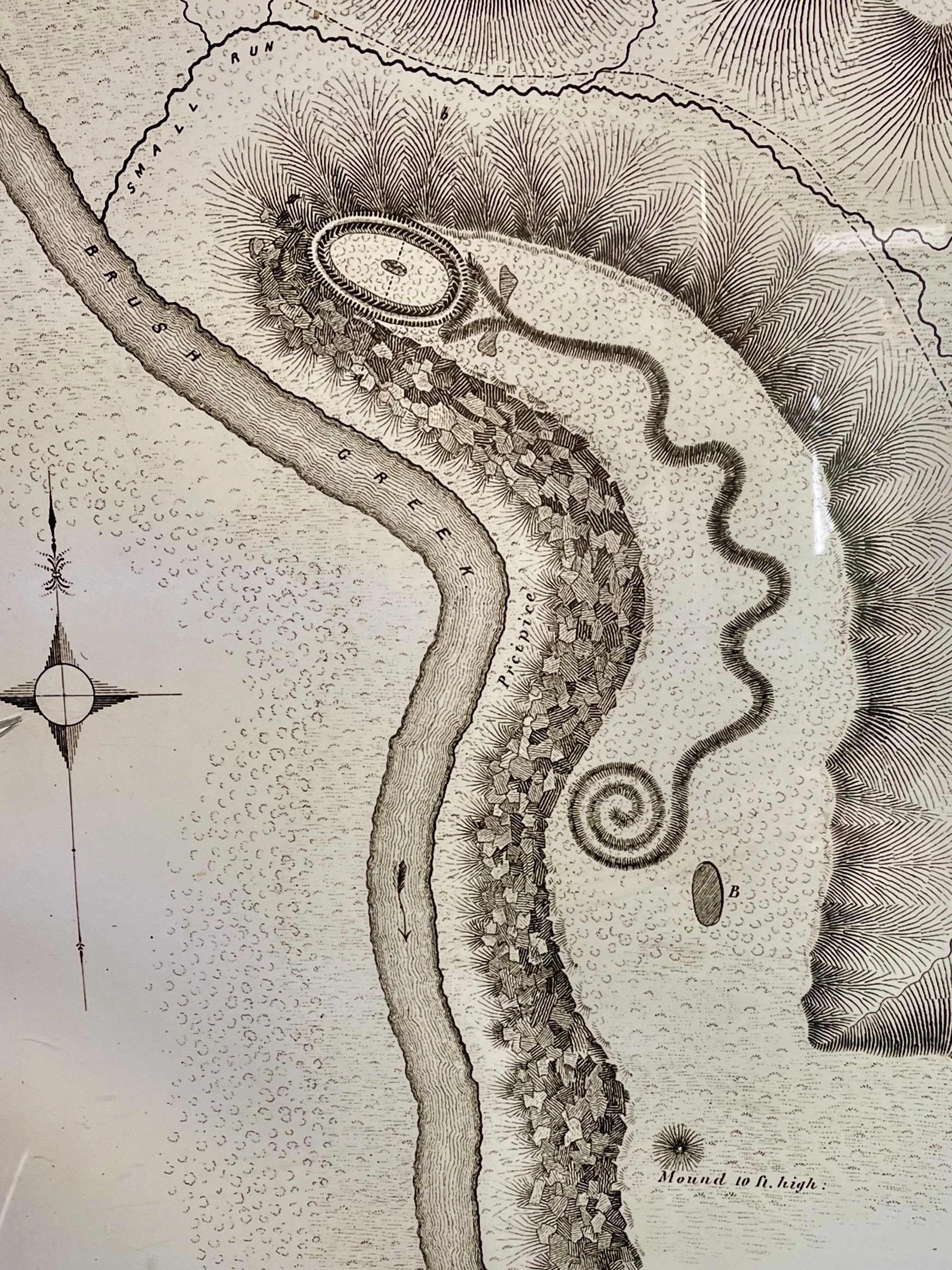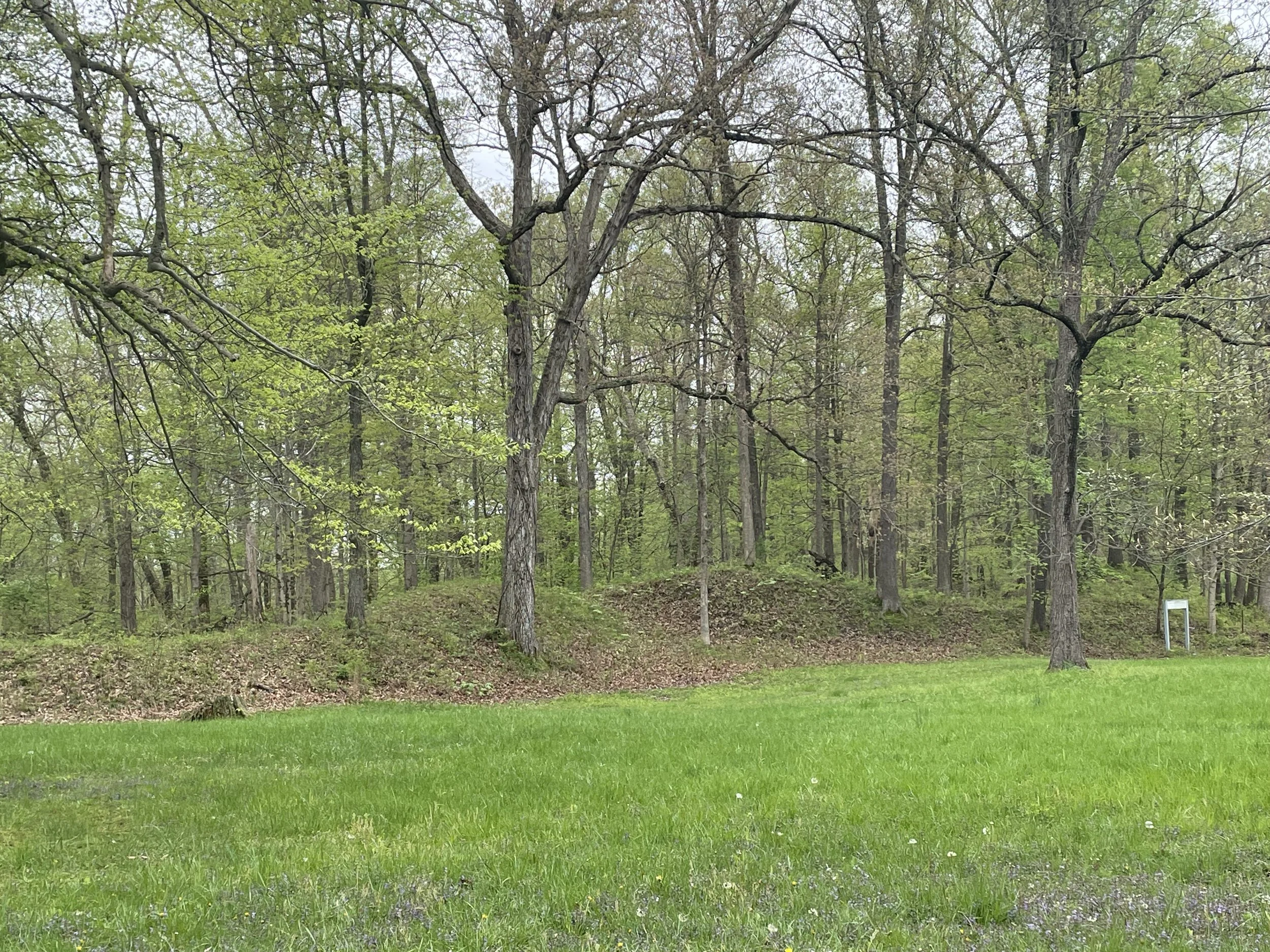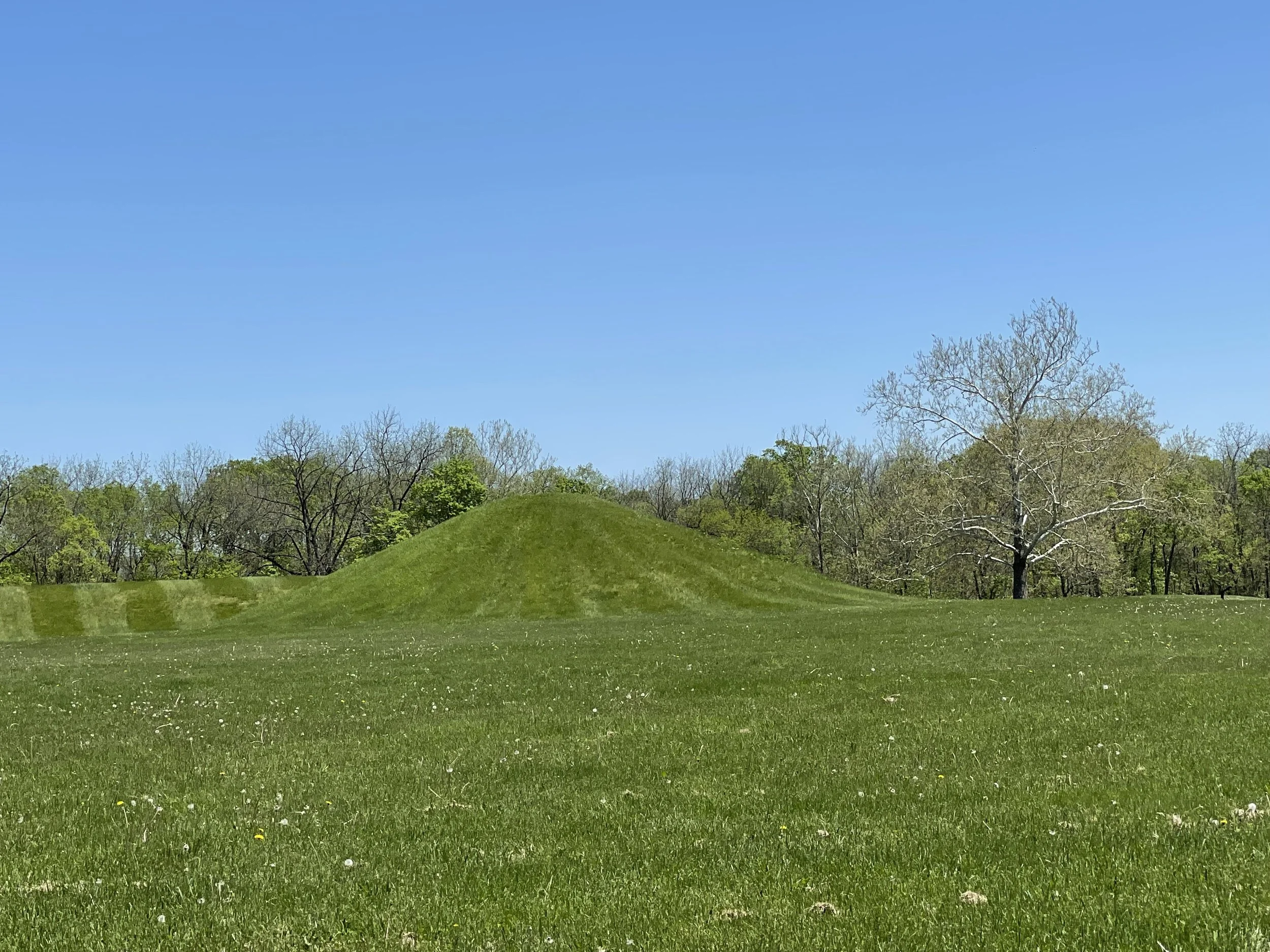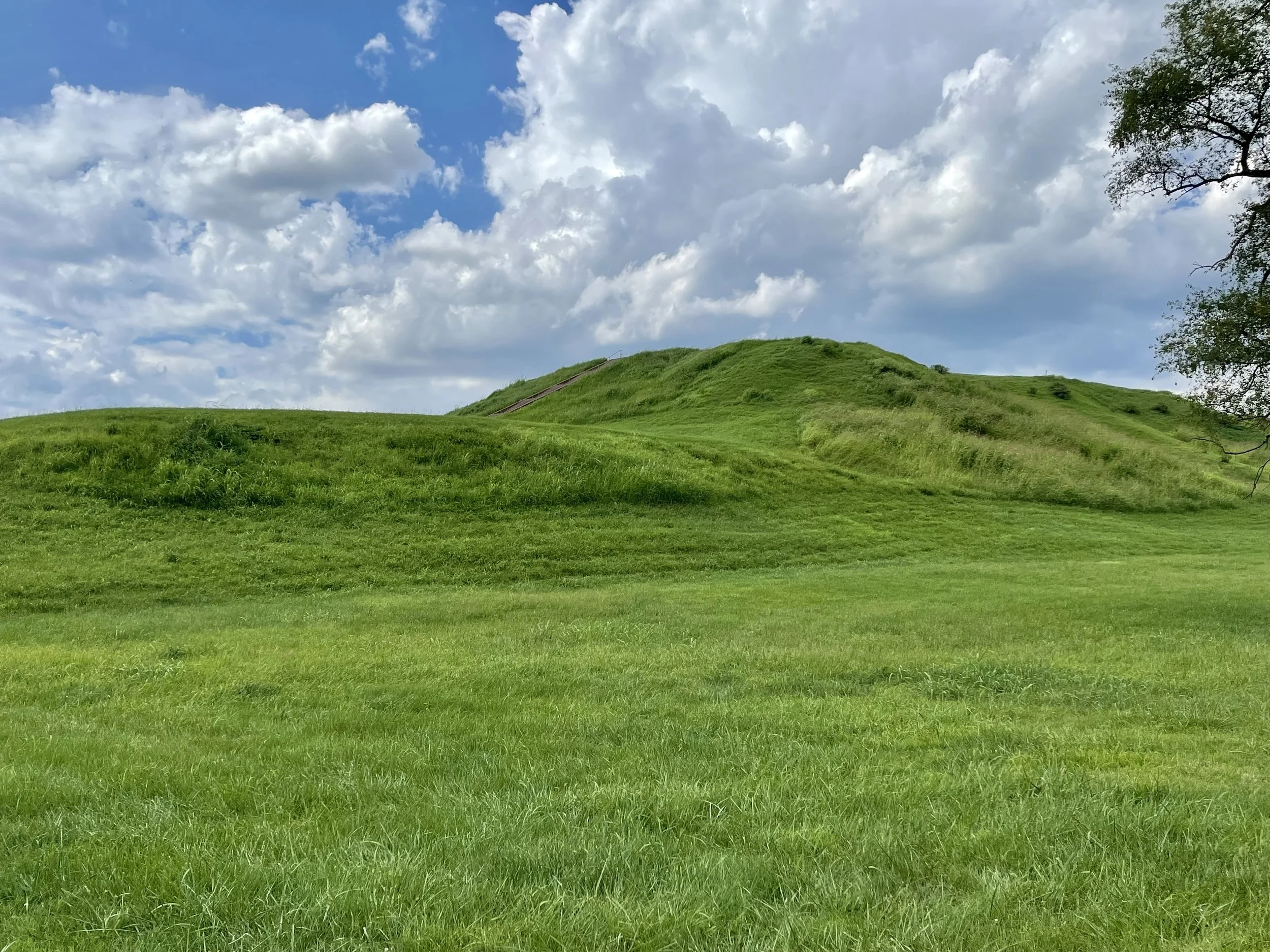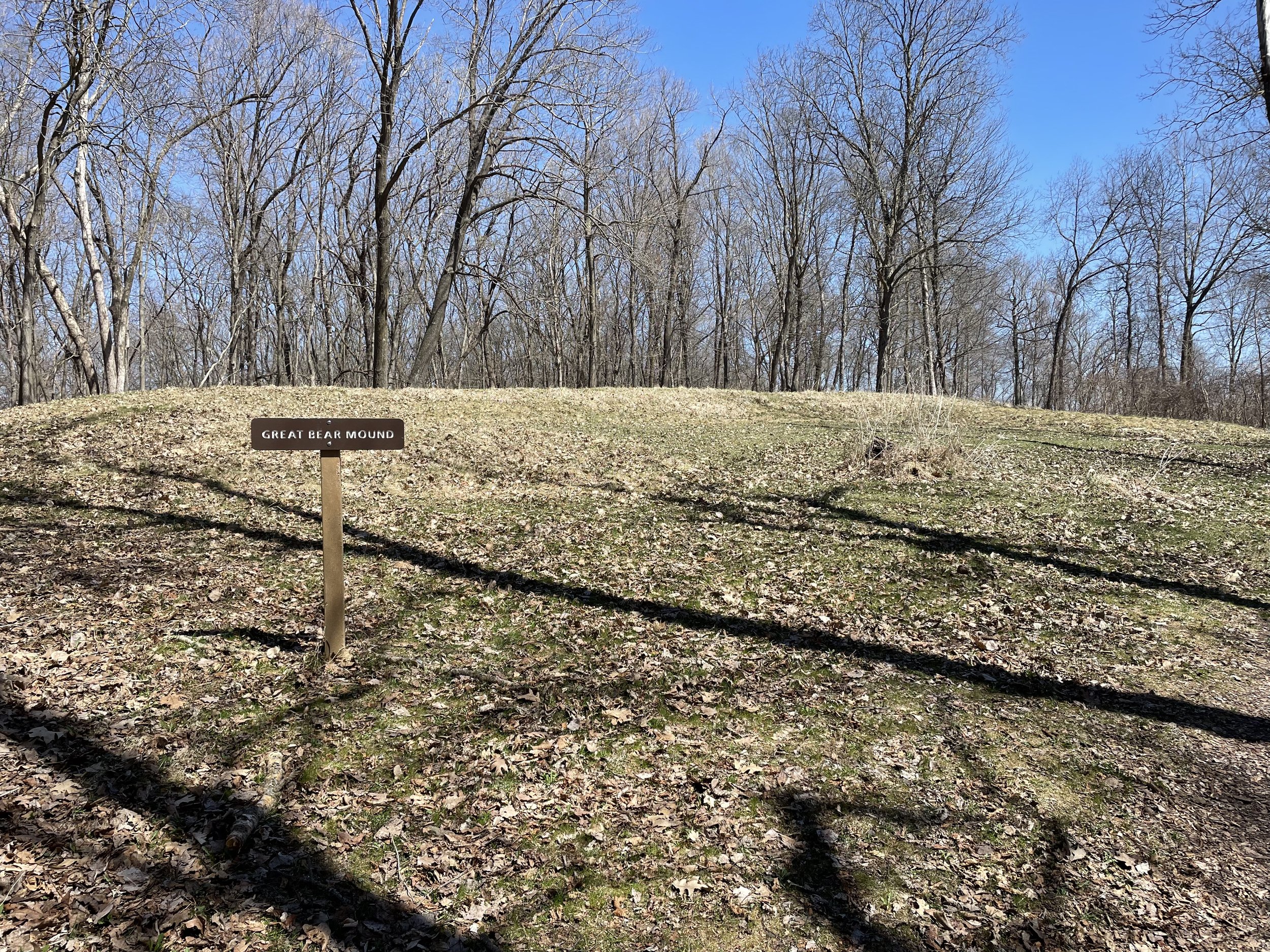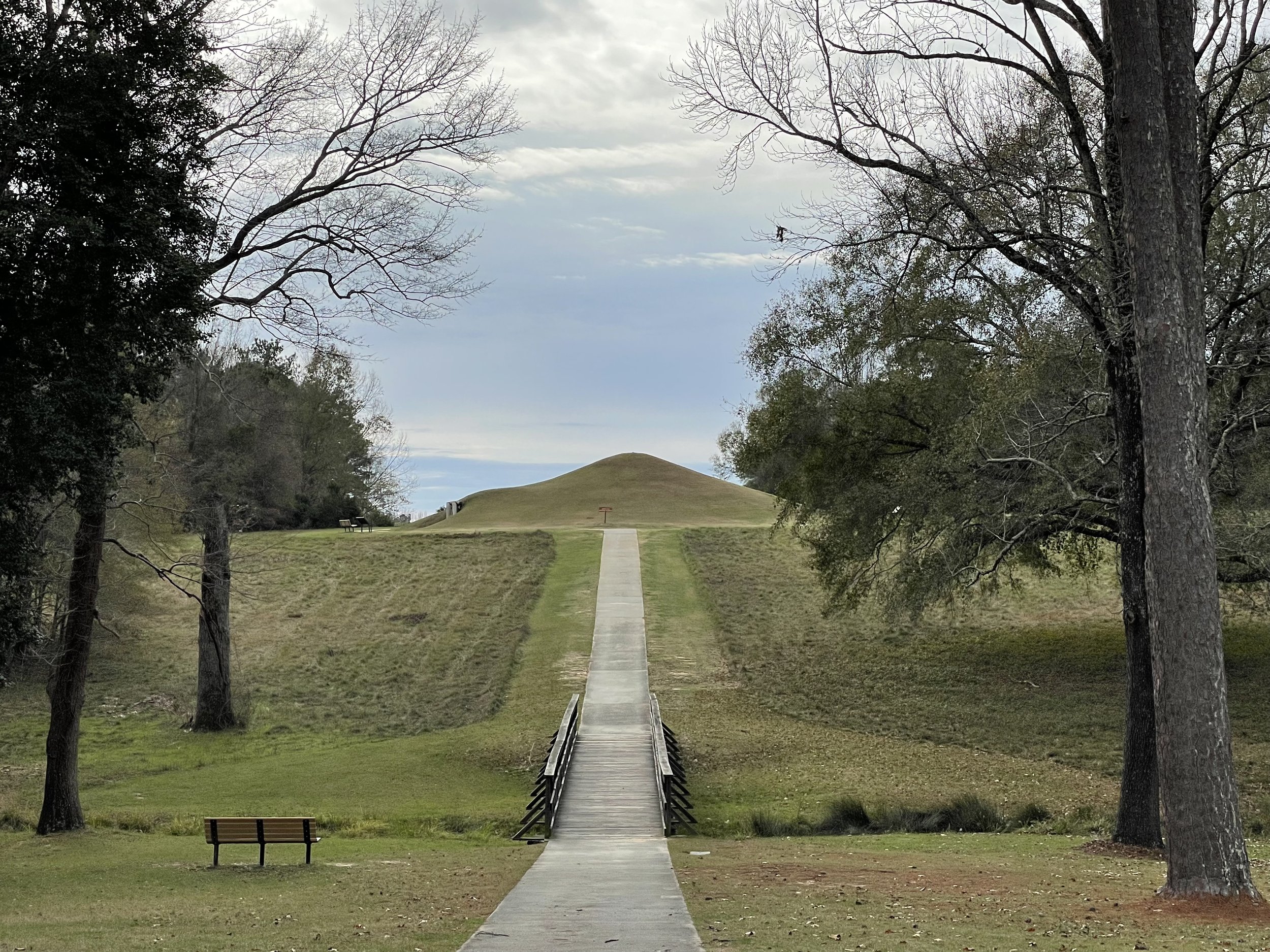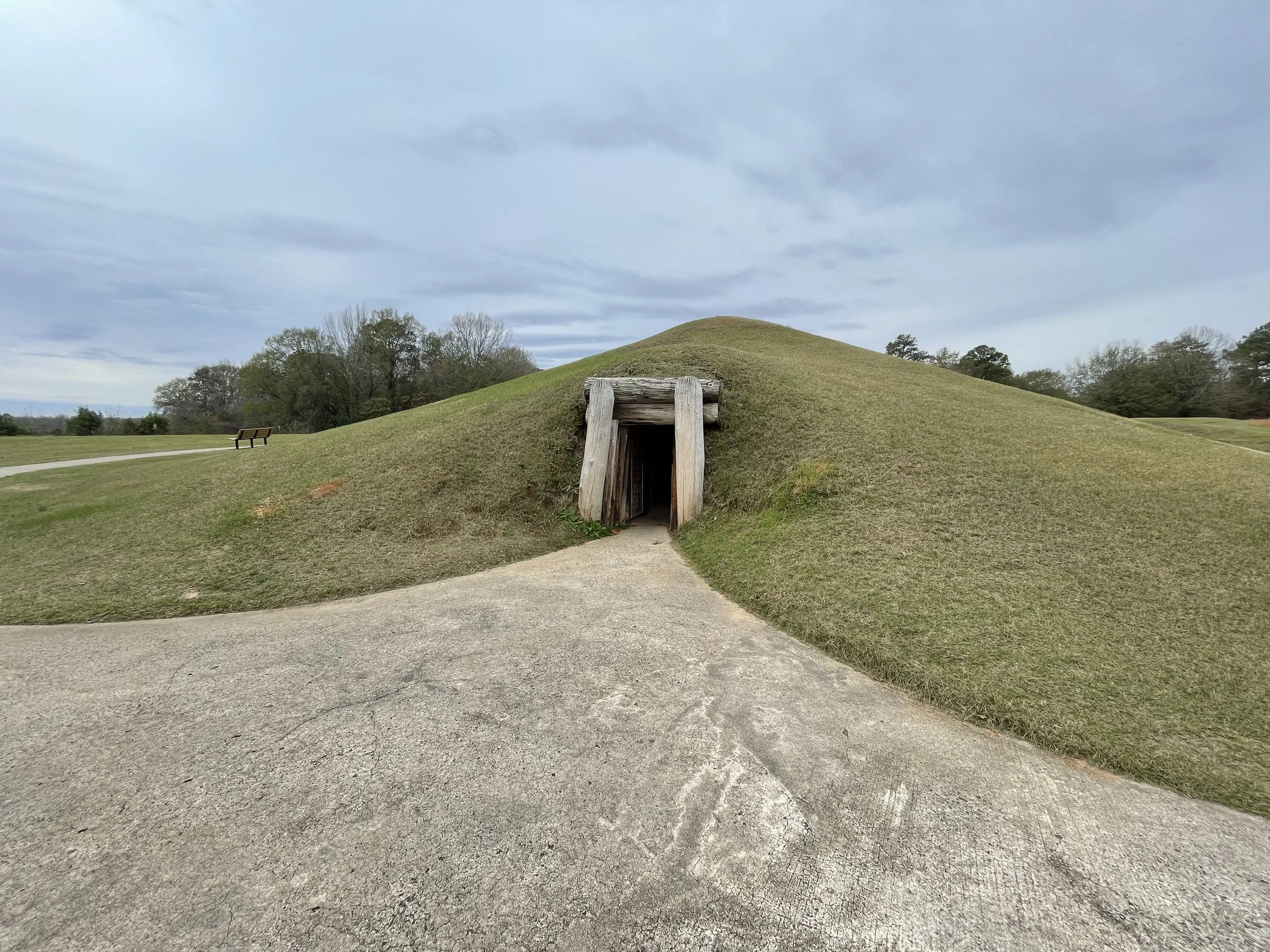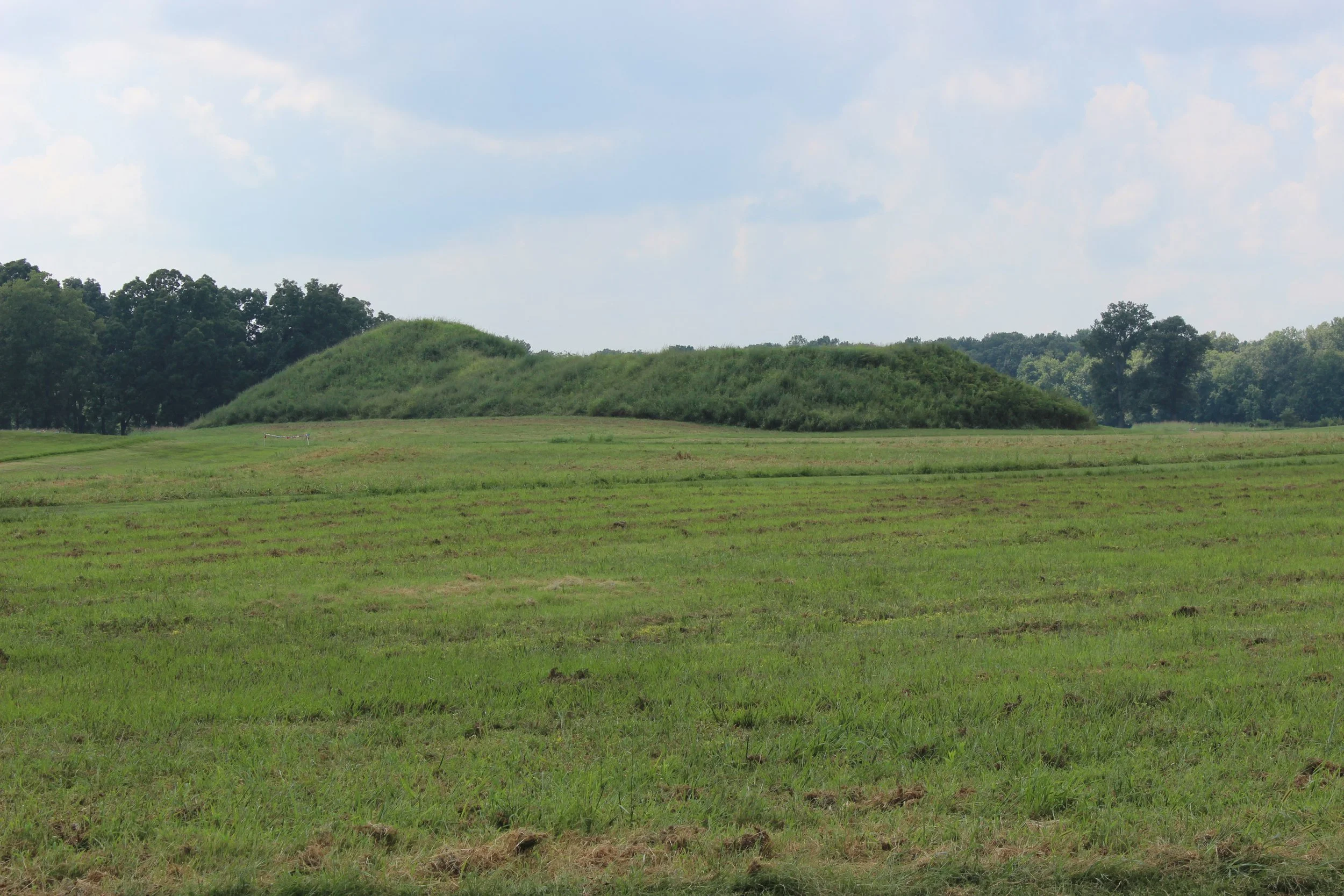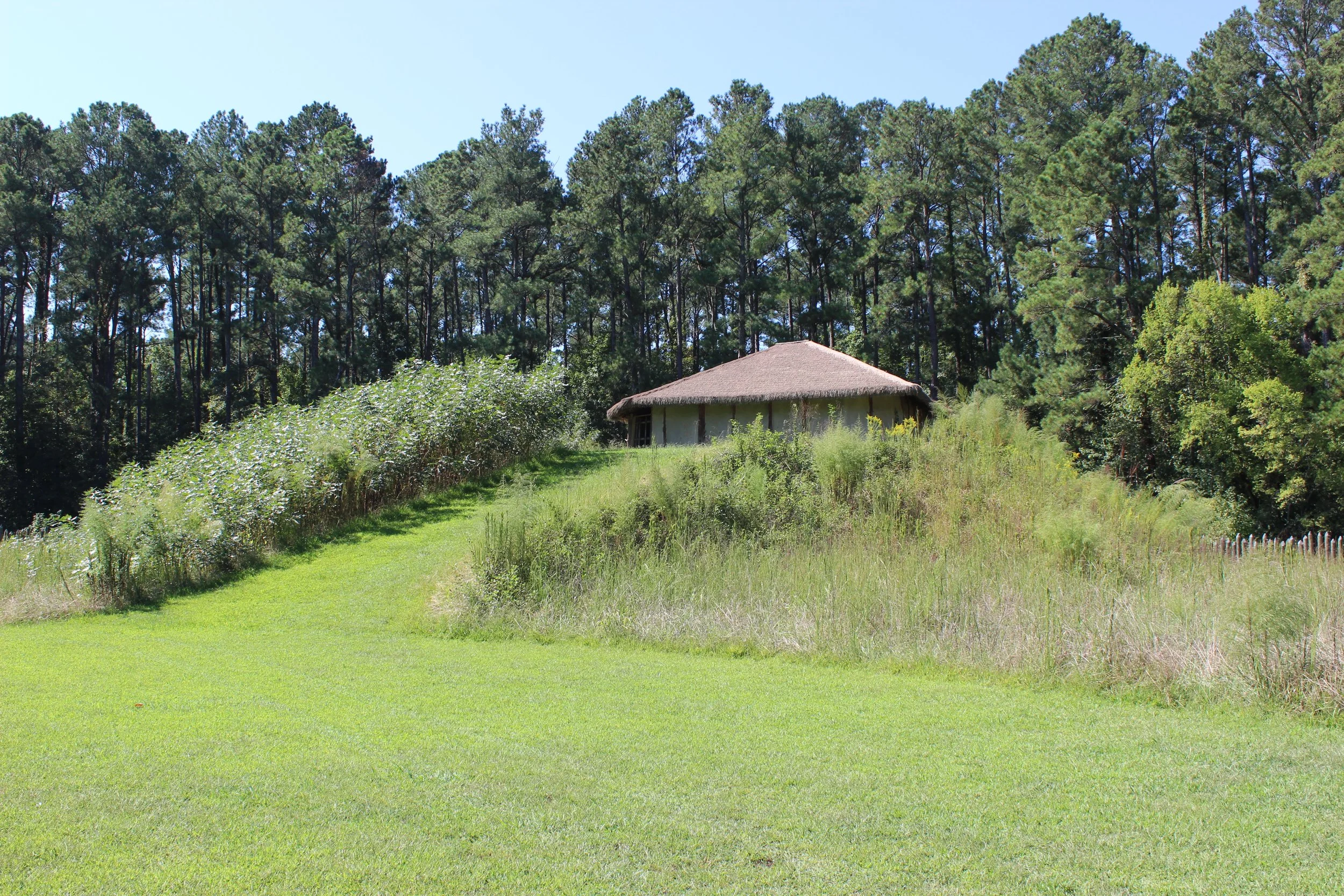10 Must-Visit Mound Builder Sites
Long before Europeans arrived in North America, the eastern part of the continent was home to a sophisticated civilization that constructed massive earthen structures for a variety of cultural purposes. The oldest known mounds are at Watson’s Brake in Louisiana and date to about 3500 BCE, which makes them older than Stonehenge or the Pyramids.
The truth is though, the term “Mound Builder” has no formal meaning. This term was broadly adopted in reference to Native American sites where earthen structures were found. The people who built the mounds and the uses of those mounds evolved through distinct periods and each site is different. Here are a ten you really need to see.
Poverty Point National Monument - Louisiana
The Poverty Point site along the lower Mississippi consists of a series of earthen mound used for ceremonial and residential purposes. These mounds are remnants of an ancient indigenous society built between 1700 and 1100 BCE. The site is said to contain the most complete example of earthwork structures from the archaic period. Poverty Point was designated a UNESCO World Heritage Site in 2014.
Great Serpent Mound - Ohio
The Great Serpent Mound is the largest effigy mound in the world. Although attributed to the Adena culture and dated to approximately 320 BCE, there is some question about which prehistoric people constructed the mound. This national historic site is administered by the Ohio State Archeological and Historical Society.
Fort Ancient State Historic Site - Ohio
The Fort Ancient memorial contains a network of mounds constructed by the Hopewell culture that inhabited the area between 200 BCE and 400 CE. It is the largest hilltop enclosure in the United States.
The original theory that the earthworks were intended for defense has been largely discounted. More recent research indicates the site was intended for social and ceremonial purposes. Due to its archeological significance, Fort Ancient has been nominated to become a UNESCO World Heritage site.
The park contains a museum that helps interpret both the mounds and the Hopewell culture. The site and museum are administered by the Ohio State Archeological and Historical Society.
Hopewell Culture National Historic Park - Ohio
The Hopewell people are best known for the earthen mounds they constructed between 200 BCE and 500 CE. Many of these were built in geometric patterns or other shapes. A concentration of these mounds can be found in Ohio's Scioto River Valley and particularly in and around "Mound City" near Chillicothe.
Congress first designated the Mound City cluster as a National Monument in 1923. This has since been expanded to include more than a dozen sites, which are protected as a National Historical Park.
Cahokia State Historic Site - Illinois
Cahokia Mounds are the remains of the largest and most influential pre-Columbian city north of Mexico. The area was settled around 600 CE but was at its zenith between 1050 and 1350 CE. There are indications that the city supported a very sophisticated society. Overpopulation burdened the cities resources and led to a period of decline. It appears that the site was abandon after a series of record floods along the Mississippi River.
Cahokia Mounds is both a National Historic Landmark and a State Historic Site. It was declared a UNESCO World Heritage Site in 1984.
Effigy Mounds National Monument - Iowa
More than 200 mounds constructed by the prehistoric mound builder cultures along the upper Mississippi River are preserved at Effigy Mounds National Monument. Dating to the first millennium CE, the Effigy Mounds are exceptional because many are built in the shape of animals. The only other known effigy (animal shaped) mounds are the Great Serpent Mound in SE Ohio and one mound at Poverty Point in Louisiana.
Ocmulgee Mounds National Historic Park - Georgia
The area around the Ocmulgee Mounds near Macon, Georgia can evidence of human habitation that spans 17,000 years. Prehistoric peoples from Ice Age hunters to much more sophisticated cultures occupied this series of sites. Remnants include a great temple, defensive trenches, burial mounds and ceremonial mounds. There is evidence of an extensive trading network and advanced an civilization.
The site was designated a National Monument in 1936 and the National Park Service began management of Ocmulgee. It was redesignated as the Ocmulgee Mounds National Historical Park in 2019.
Angel Mounds State Historic Site - Indiana
In 1938 Indiana, with financial help from Eli Lilly, began purchasing land near Evansville for long-term archeological research. The sites are named after the Angel family, who sold the farmland to the state. The area contains of the remnants of a significant Mississippian culture settlement dating from about 1100 to 1450 CE. The visitor center and property are managed by the state of Indiana.
Town Creek Indian Mound - North Carolina
Occupied by the Pee Dee between 1150 and 1400 CE, this was an important ceremonial site and the only known evidence of the Mississipian Culture peoples in North Carolina. The site is a National Historic Landmark administered by the N.C. Department of Natural and Cultural Resources.
Emerald Mound - Mississippi
Attributed to the Mississippian Culture (1250 to 1600 CE), Emerald Mound is the second-largest earthen mound in the United States covering an area of nearly eight acres only Monks Mound at Cahokia is larger. The mound was used as a ceremonial center for the local population.
Today it is on the National Register of Historic Places and is managed by the National Park Service.





